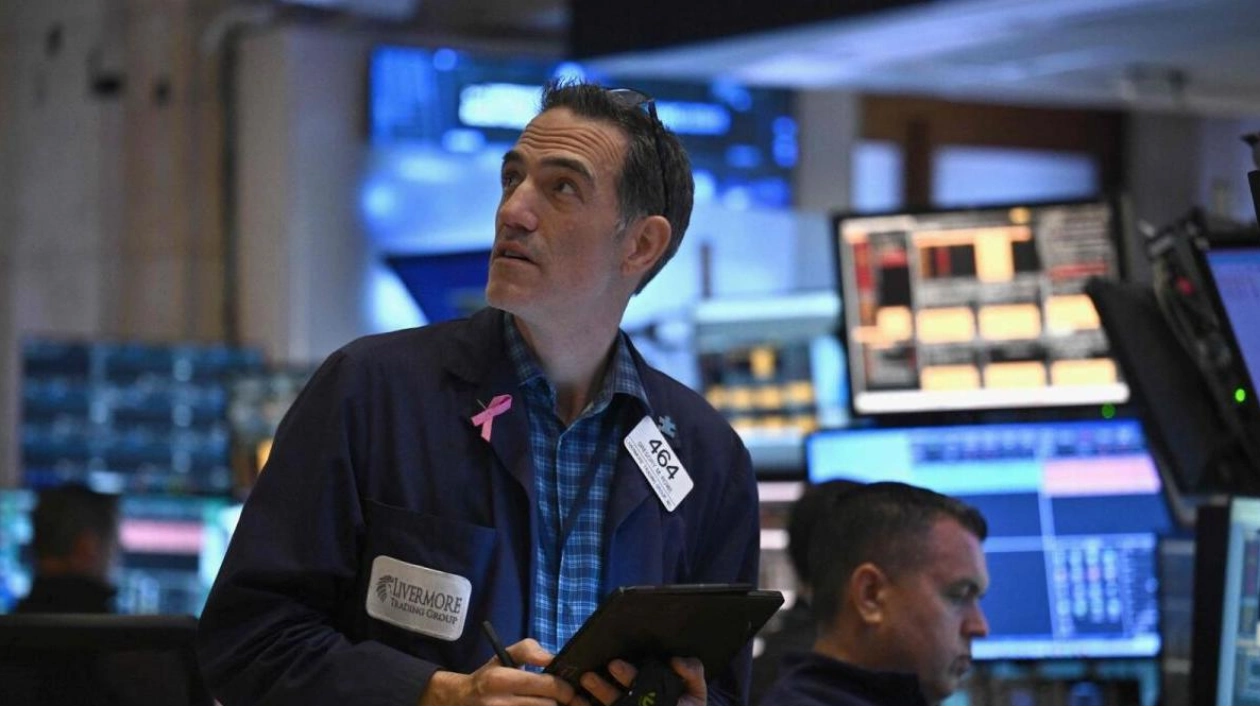As interest rate cuts appear imminent, investors are intensifying their scrutiny of economic data in the coming months to assess whether the 'soft landing' scenario that has propelled US stocks in 2024 can persist. Federal Reserve Chair Jerome Powell announced on Friday that the time has come to start reducing interest rates—a more accommodative stance than many investors anticipated hearing at the central bank’s annual conference in Jackson Hole, Wyoming. This process is expected to commence next month with a 25 basis-point reduction during the Fed’s monetary policy meeting on September 17-18. These remarks do not signal a clear path forward. With the S&P 500 up 18 percent year-to-date and equities trading at high valuations, market participants will require ongoing proof that the economy is smoothly transitioning to a state of stable growth with declining inflation.
“The market was eager to hear confirmation that the rate-cutting cycle is beginning,” stated Alessio de Longis, senior portfolio manager and head of investments at Invesco Solutions. However, “is the Fed indicating that they are concerned about the economy? If so, perhaps the enthusiasm about the cutting cycle should be reconsidered.” Historical data indicates that stock performance tends to be stronger when rate cuts occur in the context of resilient growth rather than during a significant economic downturn. Since 1970, the S&P 500 has averaged an 18 percent increase one year after the initial rate cut in non-recessionary periods, according to Evercore ISI strategists. In contrast, during recessions, the index has averaged a mere 2 percent increase annually following the first cut. In his address, Powell noted that the Fed neither sought nor welcomed further cooling in the labor market and aimed to prevent additional deterioration. Employment trends will be closely monitored with the release of a highly anticipated employment report on September 6, following weaker-than-expected labor market data in early August.
Other crucial forthcoming data includes two monthly inflation reports: the personal consumption expenditures price index on August 30 and the consumer price index on September 11. Additional signs of economic fragility could unsettle stocks and shift market expectations towards a 50 basis-point cut next month. As of Friday afternoon, the probability of such a move was estimated at around 35 percent, up from about 29 percent prior to the speech, with the remaining expectations centered on a 25-bp cut, according to futures data. “The Fed is easing with the economy not particularly weak (and inflation still above target), and it has the potential to ease substantially in response to any acute weakness,” Rick Rieder, BlackRock’s chief investment officer of global fixed income, wrote in a note on Friday. Quincy Krosby, chief global strategist at LPL Financial, emphasized that a key determinant for stocks is whether rate cuts are being implemented due to moderating inflation or weakening in the labor market.
“The market desires a rate-cutting cycle initiated because inflation is decreasing,” Krosby noted. “The question remains whether we will witness further deterioration in the labor market.” Positive data could also support stock prices during a period that some anticipate will be marked by volatile trading. Historically, September is the weakest month for stock performance, with the S&P 500 averaging a 0.78 percent decline since World War Two, according to CFRA data. Elevated stock valuations may also discourage investors from holding onto equities in the face of negative news. The forward price-to-earnings ratio for the S&P 500 stands at 21, up from 19.6 in early August, according to LSEG Datastream. The index’s long-term average is 15.7. The tight presidential race between Vice President Kamala Harris and former President Donald Trump could also inject uncertainty between now and the November 5 election.
“The long-term trends in stocks are robust, and any weakness presents an opportunity to increase exposure,” said Andre Bakhos, managing member at Ingenium Analytics LLC. In the short term, “we’re likely to experience choppy, erratic, volatile movements because no one truly knows what to expect now that Powell has revealed his strategy.”






